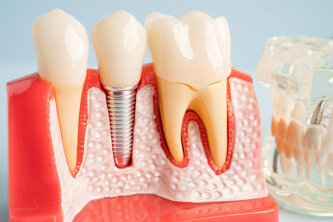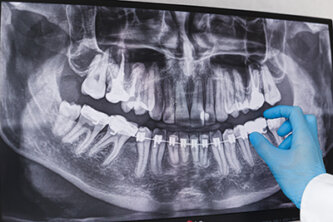COVID-19 is still with us as I write this article and, in our office, we continue to focus on providing excellent, essential, and affordable dental care to our patients, while keeping everyone (dental team and patients) safe. The good news is that, although challenging, it is possible and is happening in our office and dental offices throughout the country.
What I can say for sure is that treating dental patients in a Covid-19 world is not without its issues. Our team is gowned, masked, gloved and warm –so we keep the thermostat lower, which sometimes makes our business team and patients cold! Everything takes longer – cleaning the treatment rooms, setting up for each patient to eliminate unnecessary trips in and out of the treatment room, and health pre-screening for patients, are just a few of the issues. The important thing, however, is we try to approach everything with good humor and efficiency. And it is working. Patients are receiving necessary treatment and everyone is becoming accustomed to the new normal.
Information about treating patients in a COVID world abounds. Recently I came across a recommendation which fits right into the way I have always practiced. The writer suggested that dentists should encourage quadrant dentistry whenever possible. This is something I have done throughout my career.
Quadrant dentistry means treating all the issues in one quadrant of the mouth (top, bottom, left, right) in one appointment. From a COVID standpoint, the goal is to reduce the number of visits for the patient, but there is another significant benefit. Quadrant dentistry reduces the number of times the patient needs anesthesia. From the perspective of the dentist, quadrant dentistry allows better access to the teeth and better efficiency. I compare it to getting work done on your car – you wouldn’t just replace one spark plug, you replace them all at the same time.
While quadrant dentistry is an easy recommendation for me to follow, another recommendation isn’t so easy. This pandemic is forcing all of us to change and for me that means moving towards paperless charts. The entire office team is encouraging me as I move out of my comfort zone, away from paper forms and notes and into electronic charting. This “old dog” doesn’t love this change, but it is one more thing that we can do to make the office safe for everyone, which is always our goal.
– Michael A. Spadafora, DDS



